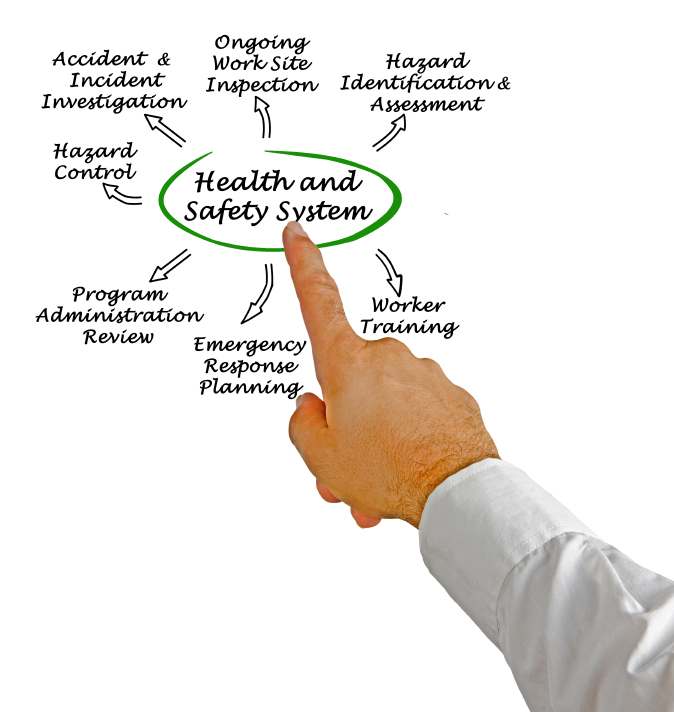
|
A summary of the proposed changes is below.
New Focus Areas for SHMP
According to OSHA, changes to the guidelines include:
- A proactive approach to finding and fixing hazards before they cause injury, illness, or death
- Improved safety and health in all types of workplaces
- Help for small- and medium-sized businesses to effectively protect their workers
- Increased worker involvement, so all workers have a voice in workplace safety and health
- Better communication and coordination on multiemployer worksites
What does OSHA mean by each of these statements?
A proactive approach. This is more a change in wording and emphasis than a change in actual recommendations or methods. OSHA has always included worksite analysis and hazard prevention and control in its SHMP recommendations; now, it more explicitly identifies these as proactive rather than as reactive efforts to identify and control hazards.
All types of workplaces. Again, this is more a semantic change than a practical one. OSHA emphasizes in the revised document that it is attempting to create guidance that will work for employers in a broad range of industries, as opposed to focusing on (for example) manufacturing, construction, or chemical facilities.
Small- and medium-sized businesses. OSHA has made a deliberate attempt to tailor this guidance so that it is useful to small- and medium-sized businesses, expressing a desire that these businesses be able to implement the guidelines fully without having to employ outside consultants or other experts. In its original document, OSHA downplayed the need for formal, written SHMPs in smaller workplaces. In the revised document, OSHA acknowledges that very small businesses may accomplish some of the program goals informally but emphasizes the need for employers of all sizes to have a thorough SHMP in place.
Worker involvement. This is one of the greatest changes to the guidelines. The earlier guidelines lumped management commitment and employee involvement into a single program element, but its eight recommended actions were tightly focused on management rather than employees. The revised program breaks worker participation into its own program element, with five action items specifically focused on worker involvement. It emphasizes that workers and their representatives need to be involved in all aspects of the program. It also emphasizes that all workers, including contractors and temporary workers, need to understand their roles and responsibilities under the program.
Multiemployer worksites. Another new entry in the revised document is a section on SHMPs and multiemployer worksites. The section includes recommendations for implementing all aspects of an SHMP on a worksite where the employees of more than one worker are present. It includes recommendations for coordinating work planning and scheduling to resolve conflicts that could impact safety and health and for ensuring that all workers are informed about hazards at the worksite.
Do you need more safety management tricks, tips, and tools? Safety.BLR.com® will help you manage all of it.
